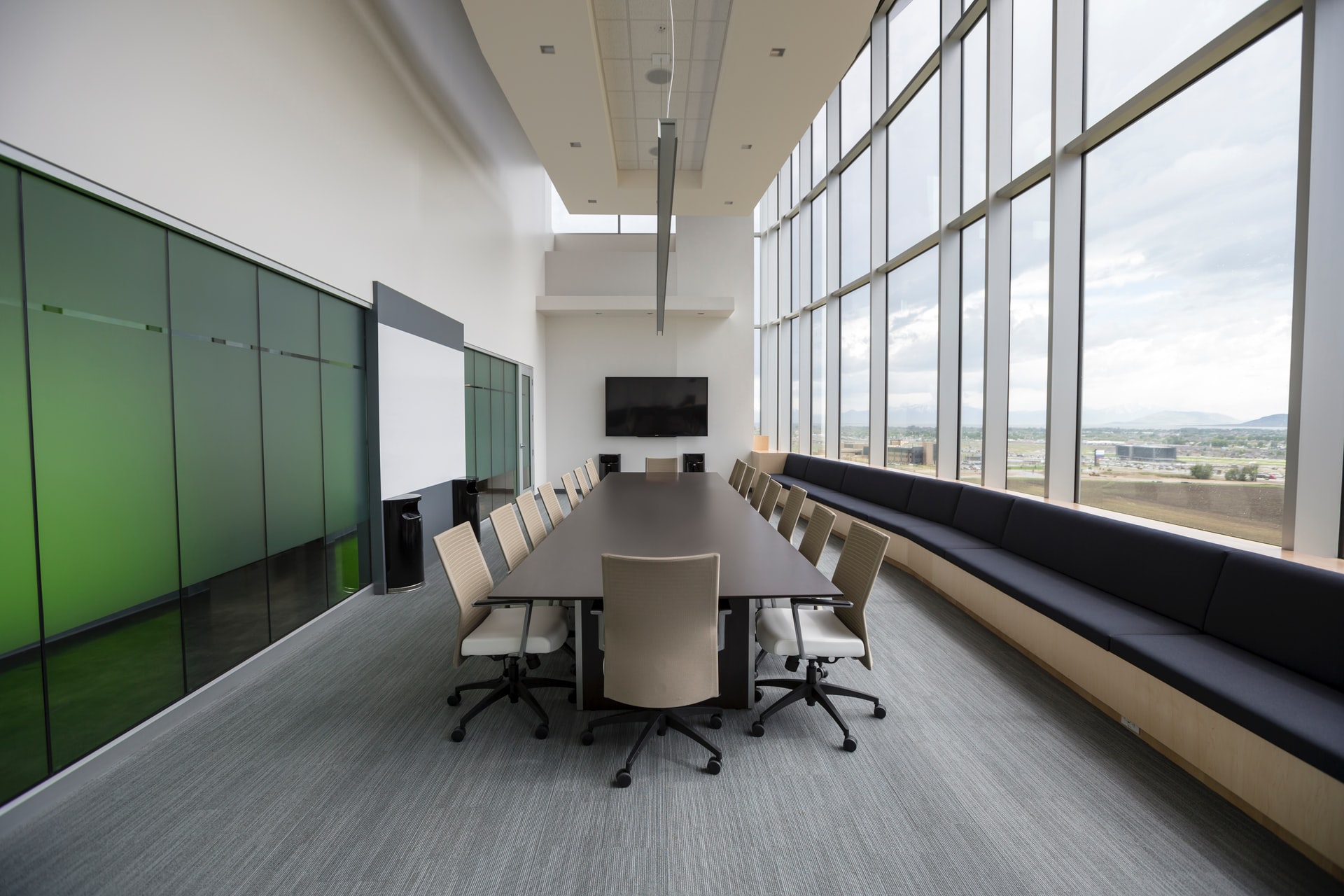As shopping habits and expectations of consumers evolve, the retail industry is changing also. To keep up with customer expectations, new technologies are growing rapidly and being pumped into retail.
Whether it is new innovative tech or a change in consumer perception, there are some important new trends in retail that businesses in the Philippines would be wise to take note of in order to stay relevant and successful.
Emerging Asia
More than half of all global online retail sales come from Asia. The global retail market has shifted greatly towards an Asian dominance. As the entire continent continues to exert its leadership in the retail sector, the Philippines is poised to reap the benefits of increasing global retail investment.
Online presence
Consumers of all ages and demographics now turn to online sources for information and retail offerings. Businesses without an online presence will suffer as a result. Whether it is via blogs, advertisement editorial or creative social media content, a digital presence is essential in driving customers towards your brand.
eCommerce
Different from maintaining an online presence, leveraging eCommerce is a trend retail organizations cannot afford to ignore. In 2016, the Philippine Department of Trade and Industry launched a program to boost eCommerce, with the aim of it making up 25 percent of the country’s GDP by 2020. Business owners in the Philippines can vastly increase sales by adding online sales channels.
Generation Z
Generation Z refers to the generation succeeding Millennials and includes people born from the mid-1990s to mid-2000s. Having grown up with digital technologies, the internet and social media surrounding them from a young age, this generation will become the largest consumer group by 2020.
With more disposable income than ever, their spending habits will drive the retail industry over the coming decade. Retail and mall operators are currently targeting this Filipino demographic to capitalize on their spending abilities.
Truth in advertising
Consumers today can see through a false advertising claim far easier than previous generations. As trust in the powers that be dwindles, targeting the more socially-aware consumer with straightforward rhetoric and honest advertising will set brands apart from their competitors.
Augmented Reality (AR) / Virtual Reality (VR)
The potential of this newly evolving technology is still being discovered. However, it seems that the trend for utilizing augmented or virtual reality is here to stay. This technology can be used to enable customers to “try on” clothes or “apply” makeup with the use of an app or AR mirror. AR and VR also have applications in allowing customers to visualize furniture or products in their home before they make a purchase.
In-home services
Whilst online shopping giants provide delivery to consumers across the globe, nowadays, shoppers are expecting this type of in-home service from all retailers. Local businesses, especially grocers, are turning back towards the “traveling salesman” concept and offering customers an in-home visit to provide product information, consultancies or even help assembling products.
Automation
From self-service or cashier-free checkouts to loyalty kiosks, we have only touched the surface of using automation in retail. New technology is making automation possible in many areas of the retail sector. This customer-friendly approach to shopping will ease the burden on retail staff as well as improve the customer experience.
Personalization
With vast amounts of data at their disposal, retail businesses are able to offer higher levels of personalization to consumers. Brands can tailor recommendations, personalize cross-selling or up-selling, or use it to send personalized marketing messages. It will help customers feel special and enhance their shopping experience.
For retailers, the future is bright if businesses adapt along with evolving trends. In order to remain competitive, retail businesses should be ready to change their approach to selling. Whether it means re-evaluating a store format or implementing new retail technologies, businesses should remain abreast of retail trends in order to stay relevant and to continue to put the customer first.



